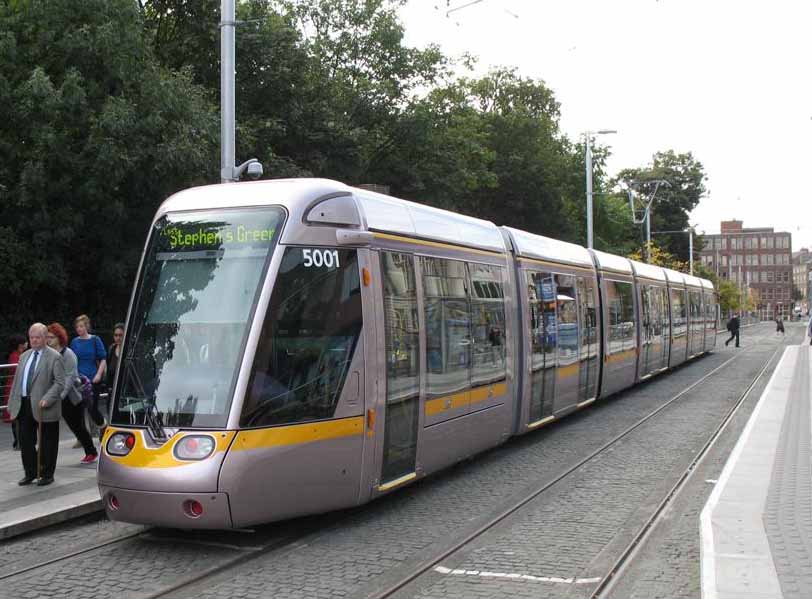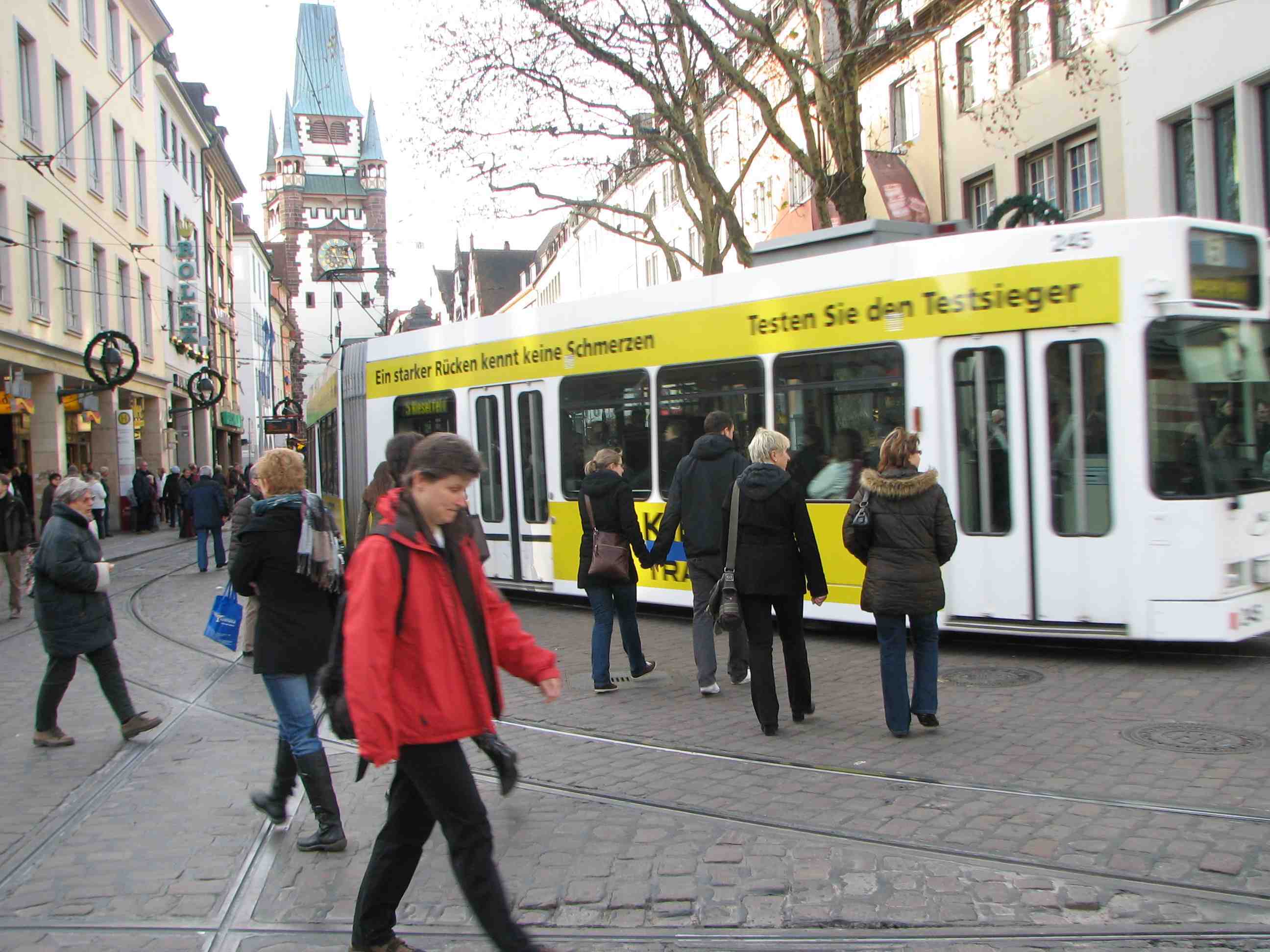Other FIT Wellington pages:
- A New Public Transport Approach
- A Suggested Route
- Advancing Light Rail for Wellington
- Advocacy or Consultancy
- Are we on track
- Art of Light Rail Insertion
- Auckland Light Rail Options
- Briefing to Transport Minister
- Bus and Light Rail in Central Wellington
- Bus Rapid Transit is Unsuitable
- By the Numbers
- Can Light Rail Attract Enough Demand
- City of Well Connected Communities
- Comparing Canberra and Wellington
- Congestion Free Wellington
- Draft GPS on Land Transport
- Estimating Travel Time
- FIT Wellington
- Funding Light Rail
- Glossary
- Golden Mile Trial
- Letter to Capital Magazine
- LGWM Options Feedback
- LGWM Personal Submission
- LGWM Submission
- Light Rail Costs
- Light Rail Design Brief
- Light Rail FAQ
- Light Rail Options Survey
- Light Rail Planning Assumptions
- Light Rail to Lincolnshire Farms
- Making Tram-Train Work
- Mass Rapid Transit in Wellington
- Ministerial Talking Points
- Move More People with Fewer Vehicles
- Moving on from LGWM
- Myth Busters
- NZTA Talking Points
- Open Letter on Trackless Trams
- Open Letter to LGWM
- Paul Swain Monday 1 February 2016
- Planning Principles
- Public Transport in Wellington
- Public Transport Spine Issues
- Public Transport Spine Study
- Public Transport Spine Workshop
- SH 1 Wellington Improvements
- Spatial Plan Submission
- The Case for Light Rail
- Three Minute Summary
- Towards Low Emission Cities
- Track Gauge
- What Makes Light Rail Succeed
- What Next for Transport in Wellington
- Workshop Code of Conduct
FIT Wellington welcomes efforts to develop transport options that facilitate a more liveable and sustainable city and provide better connectivity for all of our people. FIT supports the reported objectives, to find solutions that will reduce traffic congestion and make moving around the city more pleasant, efficient and effective.
The best way to reduce vehicle congestion at and around the Basin Reserve is to encourage mode-shift from private cars to public transport, walking and cycling — to make such a shift, we need major infrastructure changes. It’s time to challenge the road planners.
PDF settings (show)
Like many cities, Wellington’s road space is scarce so we need to use it effectively; this means encouraging space-efficient transport modes and discouraging space-inefficient ones, particularly low-value private car trips.
We welcome the planned improvements being made to the bus system, but this is a short-term solution that will soon need to be replaced by a higher capacity transport mode. Buses alone cannot deliver the capacity and ride quality needed to attract large numbers of people out of their cars.
Many similar cities around the world have made this shift by investing in high quality light rail systems, supported with incentives for switching such as congestion charging and innovative ticket pricing.
A light rail route has over three times the peak hour passenger capacity of a four-lane Mt Victoria tunnel (at least 12,000 people per hour versus at most 4,000 people per hour). Putting that much capacity on a Tarankai St and Wallace St route, past the hospital to Kilbirnie and the airport, would transform the Basin Reserve road congestion problem.
We aim for initial light rail ridership of 32,000 passengers per day (peak 4,000+ per hour), growing to 64,000 passengers per day (peak 8,000+ per hour). An at-grade system can support a peak of 10,000+ pass/hr, higher with grade separation. Ridership is comparable to similarly sized French cities. Trams would run every 5–6 minutes, all day every day.
Light rail vehicles in central city pedestrianised areas are much more suitable than cars or buses, as their path is exactly predictable and there are fewer of them. Crossing the road is easy and safe, whereas pedestrians, not surprisingly, give motor vehicles a wide berth for safety and having to do so degrades the whole ambience of a pedestrianised area.
Wellington’s multiple traffic choke points give more space-efficient public transport a comparative advantage over other vehicles. Road users who don’t directly benefit by switching to light rail (eg commercial vehicles or people travelling to the airport from the northern parts of the GW region) will benefit from reduced vehicle congestion.
The light rail route evaluated in the Spine Study was poorly chosen and hence found to be high cost and low benefit. Light rail does not need a Mt Victoria tunnel alignment: a tunnel from the Zoo to Kilbirnie would be better (supporting greater patronage); or using Constable St and Crawford Rd would be substantially cheaper (using light rail vehicles 2.4 m wide).
Realistic light rail costs are well below the Spine Study’s figures: from $640M (via Constable St) to $850M (via a Zoo tunnel) for the railway station to airport, via the hospital (based on costs for 5 recent French light rail systems, adjusted for New Zealand conditions, plus 20% contingency).
Reserving a light rail corridor that embodies modern route design principles ought to form part of any Ngauranga to Airport plan; short term decisions must not inadvertently compromise long term solution quality. Wellington needs 2 dedicated light rail lanes plus 2 shared lanes for buses.
To fund light rail and related projects, the Ngauranga to Airport capital budget needs to be recast as a transport budget, instead of a roading budget.
Successful cities look outward and replicate other cities’ successes — fast, high quality, electric public transport is an essential mark of a successful 21st century city. Continuing to add road capacity is the wrong strategy.

 Examples of light rail vehicles
Examples of light rail vehicles